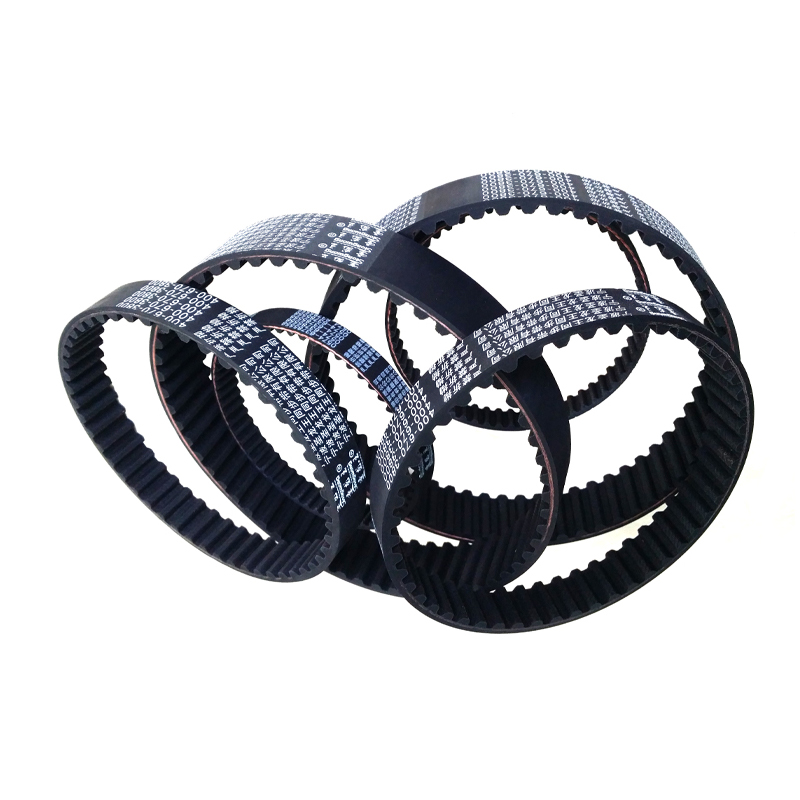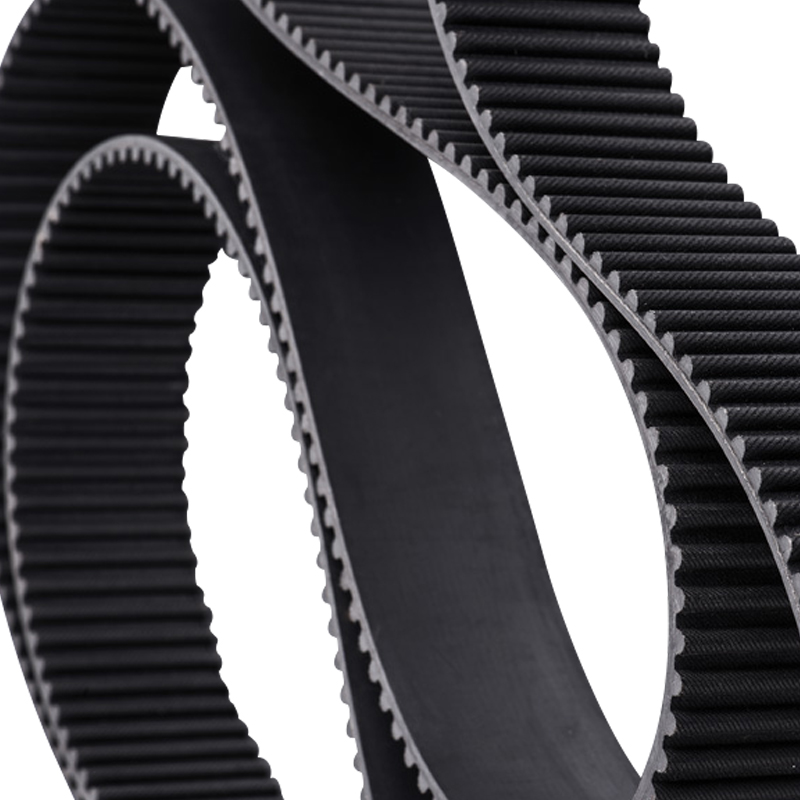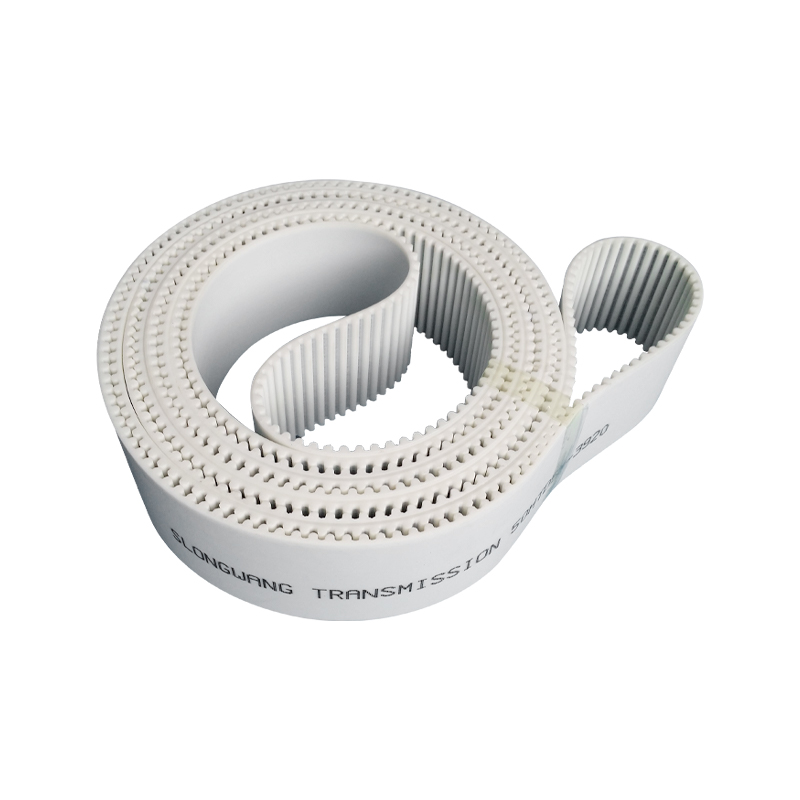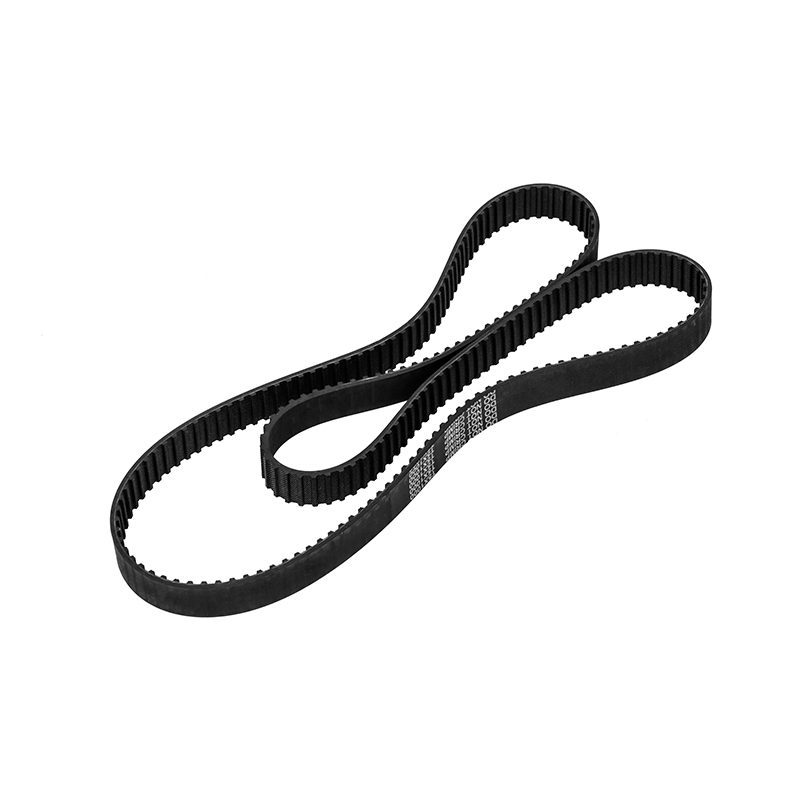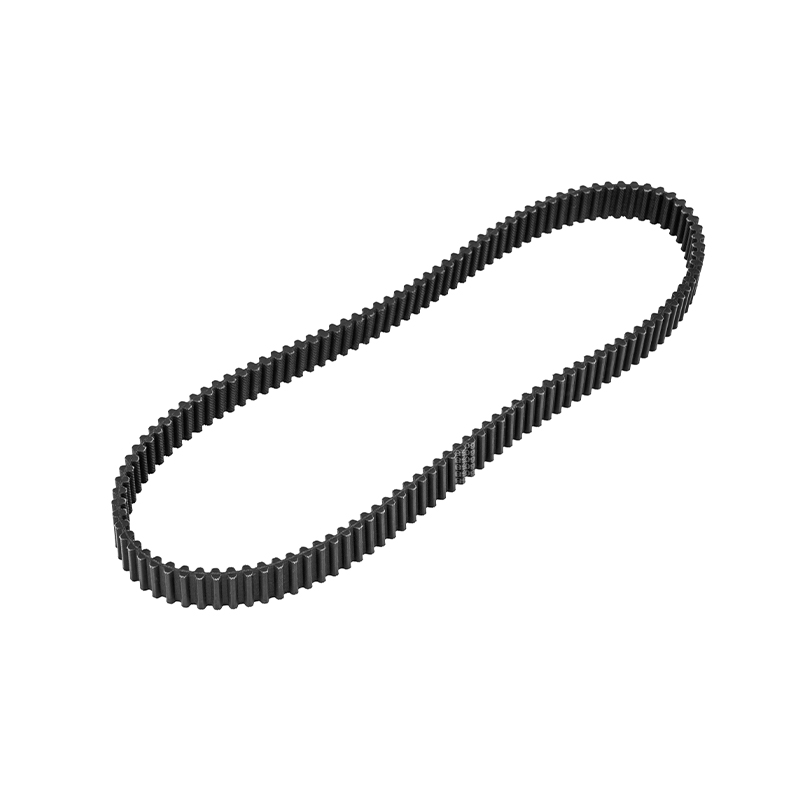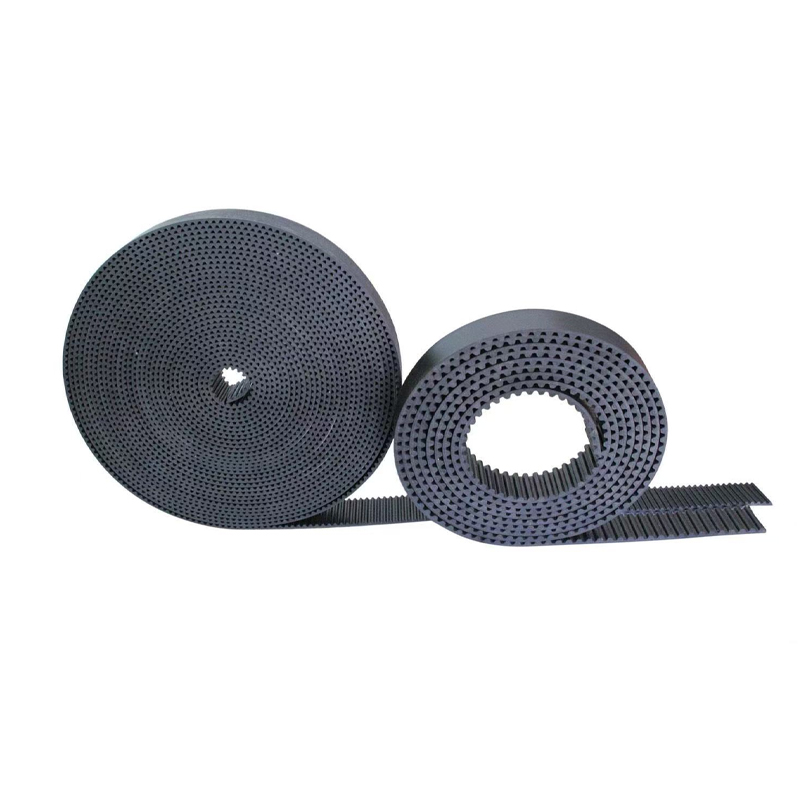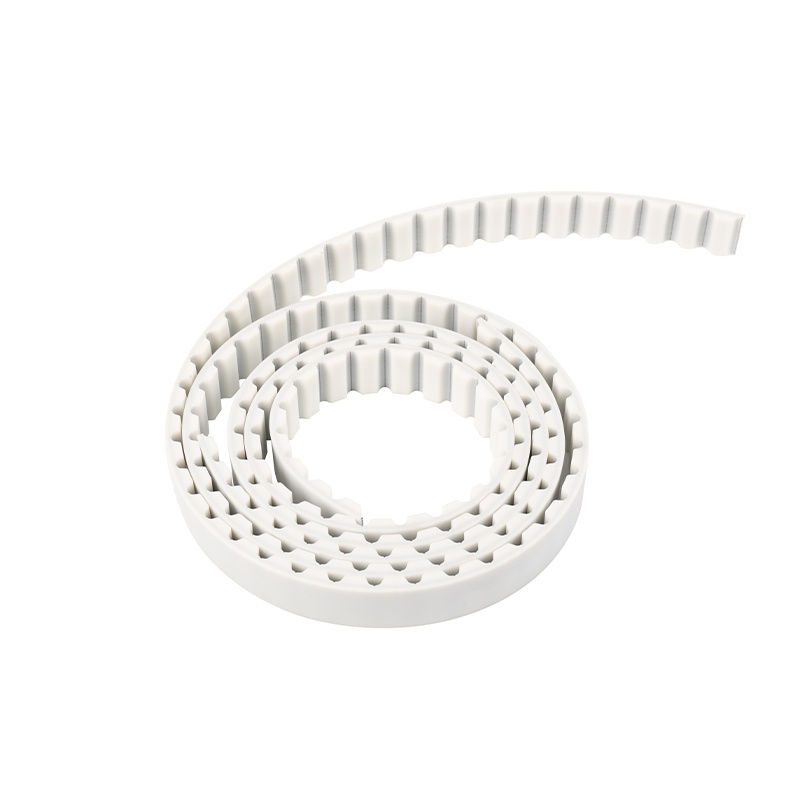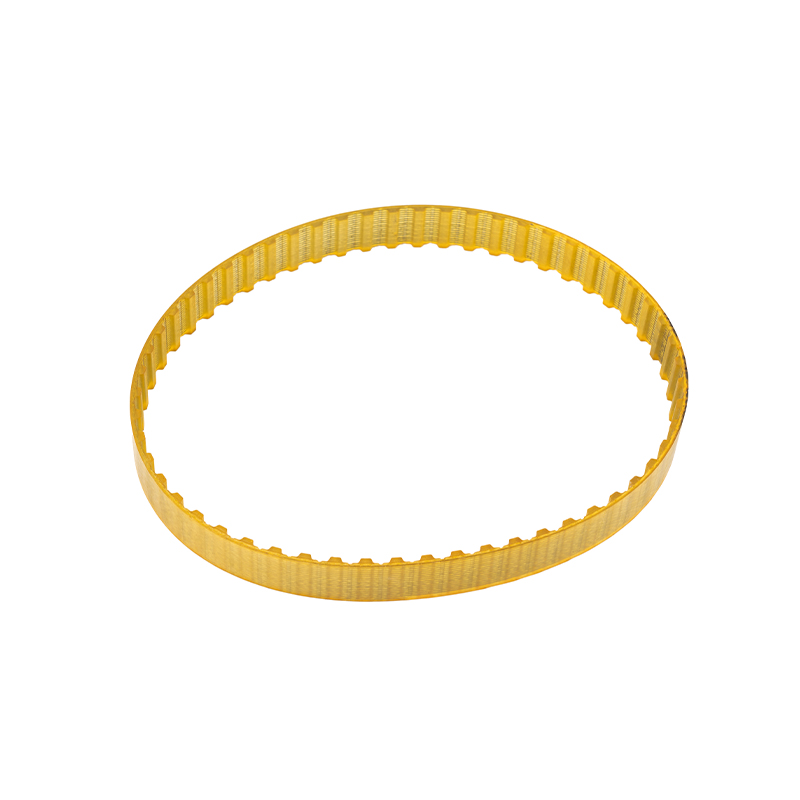Boosting Engine Performance and Longevity with PU Timing Belts
2025-10-08
Content
In the ever-evolving world of automotive engineering, where precision, durability, and efficiency are paramount, PU timing belts have become a revolutionary component. These belts are not just enhancing engine performance but are also ensuring longer-lasting operations, making them a valuable asset in modern engine designs. With their superior strength, flexibility, and resistance to wear, PU timing belts have proven to outperform traditional rubber or metal options.
What Are PU Timing Belts?
Before diving into their impact on engine performance and longevity, it’s essential to understand what **PU timing belts** are and why they are becoming the preferred choice for engineers.
A timing belt plays a vital role in the engine by synchronizing the crankshaft and camshaft. This synchronization ensures that the engine's intake and exhaust valves open and close at the proper times for efficient combustion. The timing belt essentially ensures that the engine runs smoothly without damaging internal components.
Traditionally, rubber or metal chains were used for timing belts. However, polyurethane (PU) has now become a popular material due to its remarkable properties. Polyurethane is a highly durable synthetic polymer that combines excellent flexibility, abrasion resistance, and high tensile strength. When reinforced with materials like Kevlar or steel, PU timing belts become even more robust, making them a go-to solution for high-performance and high-demand engines.
How PU Timing Belts Improve Engine Performance
Increased Power Transfer Efficiency
One of the most significant advantages of PU timing belts is their superior power transfer efficiency. In an engine, the timing belt transmits the rotational power from the crankshaft to the camshaft, ensuring proper valve timing. This is critical for maximizing combustion efficiency and fuel economy.
Polyurethane’s low friction properties play a major role in enhancing power transfer. Unlike rubber belts, which tend to create friction and waste energy, PU timing belts reduce power loss, making the engine more fuel-efficient and responsive. This leads to faster acceleration and better overall performance, as more of the engine’s power is effectively used instead of being lost as heat or friction.
In high-performance applications, such as sports cars or racing engines, where every fraction of a second counts, the improved efficiency of PU belts becomes even more critical. By reducing friction, PU timing belts ensure that the engine operates at optimal power levels, delivering better performance without compromising fuel economy.
Precision and Accuracy in Valve Timing
Engine performance is not just about power; it’s about precision. The accurate synchronization of the crankshaft and camshaft is essential to ensure that the engine’s valves open and close at the right moments during each cycle. If the timing is off, it can lead to misfires, reduced power output, and even engine damage.
Unlike traditional rubber timing belts, which are prone to stretching and losing tension over time, PU timing belts maintain their shape and tension for much longer periods. Polyurethane’s resistance to stretching ensures that the timing belt stays in precise alignment with the engine components, which results in improved engine accuracy. The belt does not elongate or lose its tension under the engine’s stress, maintaining precise valve timing throughout its service life.
This level of accuracy ensures that the engine’s combustion process is optimized, leading to higher performance, smoother operation, and improved fuel efficiency.
Quieter Engine Operation
Engine noise is another critical factor that impacts the driving experience, especially in high-end or luxury vehicles. Traditional metal timing chains tend to generate noise, especially at higher RPMs, due to the rigid nature of the material. On the other hand, **PU timing belts** are naturally **vibration-damping**, absorbing much of the noise and reducing engine clatter.
The quiet operation of PU timing belts ensures a smoother and more pleasant ride, making them especially desirable for luxury vehicles, sports cars, and electric vehicles, where a quieter cabin is a key feature. PU timing belts help achieve a balance between performance and comfort, providing a quieter, more refined driving experience.
How PU Timing Belts Enhance Engine Longevity
Exceptional Durability and Wear Resistance
One of the standout features of PU timing belts is their superior durability. Polyurethane’s unique properties allow it to resist wear, abrasion, and corrosion, making it ideal for the harsh conditions inside an engine. Traditional rubber belts, while functional, degrade over time due to heat exposure, oil contamination, and abrasion.
In contrast, PU timing belts have a higher resistance to heat, meaning they can operate effectively at higher temperatures without breaking down or losing their structural integrity. Polyurethane also resists oil exposure, a common cause of wear in rubber belts, ensuring that the belt maintains its strength and reliability over an extended period.
Because PU belts do not wear out as quickly as rubber belts, they last longer, reducing the need for frequent replacements and cutting down on maintenance costs. This enhanced durability extends the overall life of the engine, saving money on repairs and replacements.
Resistance to Stretching and Deformation**
One of the most critical aspects of a timing belt is its ability to maintain constant tension. Over time, traditional rubber belts are prone to stretching, which leads to misalignment between the crankshaft and camshaft. This stretching can cause engine misfires or a loss of power, reducing overall engine performance.
PU timing belts, however, are resistant to stretching and deformation. Even under high-stress conditions, such as extreme temperatures or high RPMs, PU timing belts maintain their shape and tension, ensuring that the engine operates with the necessary precision over a longer period.
This resistance to deformation allows PU timing belts to maintain consistent performance, reducing the likelihood of premature wear and tear that would typically result in costly engine damage or a breakdown.
Reduced Maintenance and Downtime
Because PU timing belts have a longer lifespan and require fewer replacements, they significantly reduce maintenance costs and downtime. For commercial vehicles, fleet managers and transportation companies benefit greatly from PU timing belts, as they help minimize vehicle downtime and ensure the fleet operates smoothly.
The reduced need for regular belt replacements also means that engine repair shops and vehicle owners can avoid costly repairs that arise from timing belt failures. PU timing belts help reduce the overall cost of ownership, making them an attractive option for both everyday consumers and businesses.
Environmental Benefits of PU Timing Belts
In addition to their impressive performance and durability, PU timing belts are also more environmentally friendly compared to their rubber counterparts. Polyurethane production generally generates fewer harmful chemicals, and because PU timing belts last longer, they contribute to less waste and fewer replacements.
With the automotive industry increasingly focused on sustainability, PU timing belts provide a more eco-friendly solution, reducing the need for replacements and cutting down on the carbon footprint of vehicle maintenance.


 English
English 中文简体
中文简体